(ECNS) -- In the Global Innovation Index (GII) ranking of 130-plus economies, China reached 11th position, making it one of the fastest 10-year climbers, according to GII 2024 released on Sept. 26.
With 26 science and technology (S&T) clusters in the Global Top 100, China's innovative development is showing strong momentum and broad prospects.
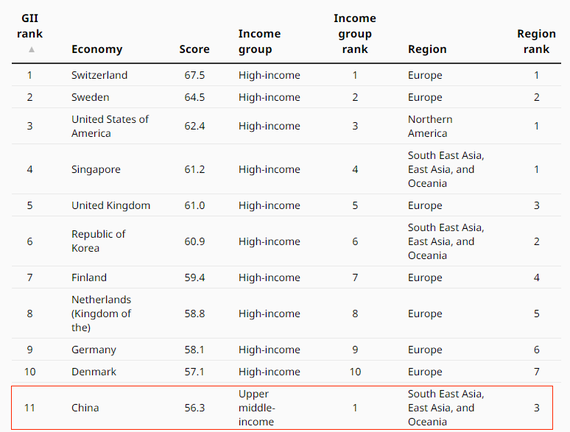
China is one of the fastest 10-year climbers
The GII 2024 released by the World Intellectual Property Organization (WIPO) evaluates the performance of the innovation ecosystems of over 130 economies worldwide. The report says that China ranks seventh and 23rd in innovation output and innovation input, respectively, both up from last year.
The report derives its results from the average of two sub-indices: innovation input and innovation output. It mainly covers seven major categories -- knowledge and technology output, human capital and research, business sophistication, market sophistication, innovation output, infrastructure, and policy environment.
Among the seven key areas of GII, China ranks high in knowledge and technology output, infrastructure, and business sophistication. In specific subfields such as power batteries and electric vehicles, China's innovative development and application promotion play a crucial role in driving innovation, reflecting the country's strong momentum and vast potential for innovation.
China effectively transforms innovation input into output, and emerging economies are expected to become new engines of global innovation, according to the report.
Being one of the fastest 10-year climbers, China remains the only middle-income economy in the GII top 30, the report shows.
China continues to lead with the most S&T clusters in global top 100
China boasts 26 S&T clusters in the global top 100, outpacing the 24 it had last year, ranking first in the world. This marks the second consecutive year that China has topped the list.
Seven of the world’s top ten S&T clusters are in Asia, including China’s Shenzhen-Hong Kong-Guangzhou (ranked 2nd globally) , Beijing (3rd), Shanghai-Suzhou (5th) and Nanjing (9th).
S&T cluster ranking reflects the level of activity of countries in publishing scientific literature and in international patent applications under the Patent Cooperation Treaty (PCT), and China has shown outstanding performance in this regard, according to Head of Section, Economics and Statistics Division and co-editor of GII at WIPO Sacha Wunsch-Vincent.
Director of the WIPO office in China Liu Hua stated that the rapid growth of its technological output is evident, especially in international patent applications.
Carsten Fink, chief economist of the WIPO, remarked that many innovative activities take place in China's metropolitan areas, which is an impressive achievement, adding that considering multiple indicators, many industries in China are now at the forefront of technological innovation globally.
China enhances intellectual property protection and innovation
The WIPO patent landscape report on Generative AI released in July indicates that from 2014 to 2023, China filed over 38,000 patent applications related to generative AI, accounting for 70.3 percent of the total number of patents, ranking first in the world.
According to WIPO Director General Daren Tang, the number of intellectual property applications submitted by China exceeds the total of all other countries combined, which fully demonstrates the Chinese government's emphasis on intellectual property protection.
A recent report released by the National Bureau of Statistics of China shows that in 2023, the country's total expenditure on research and experimental development reached 3,327.8 billion yuan ($470.36 billion), a 233-fold increase from 1991.
Foreign media have expressed positive views on China's advancements in high-tech innovation.
Bloomberg Economics forecasts that the proportion of China's high-tech industry in the gross domestic product will grow from 11 percent in 2018 to 19 percent in 2026. If new energy vehicles, lithium batteries, and photovoltaic products are also included, this proportion will expand to 23 percent by 2026.
Acknowledging China’s importance in S&T innovation, The Economist recently published an article, stating that China’s role as the world's research and development laboratory is increasingly strengthening. Many multinational companies’ R&D centers in China have become cradles of innovation, and their innovative results are being widely applied around the globe.
Tang noted that China has established an ecosystem for intellectual property protection and innovation, becoming an important contributor to global intellectual property protection.








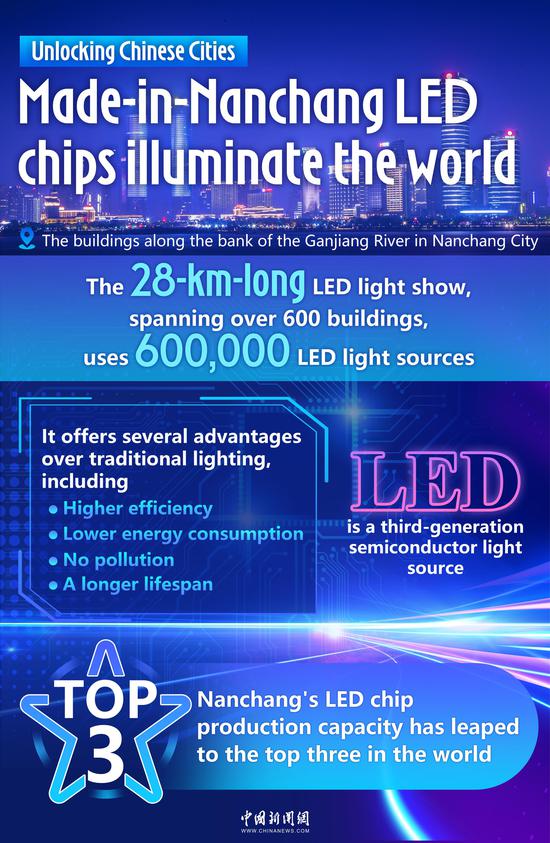
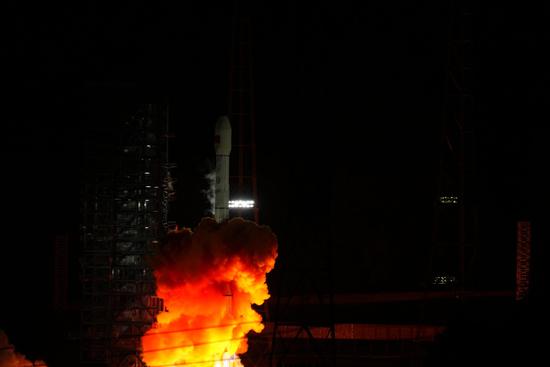



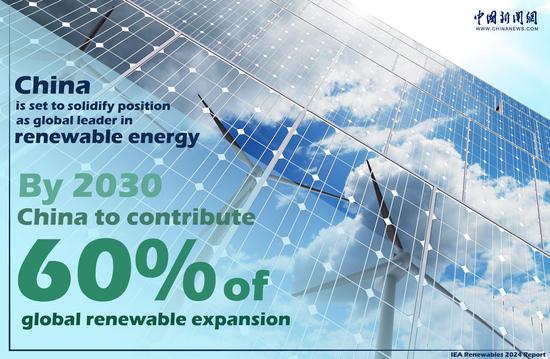


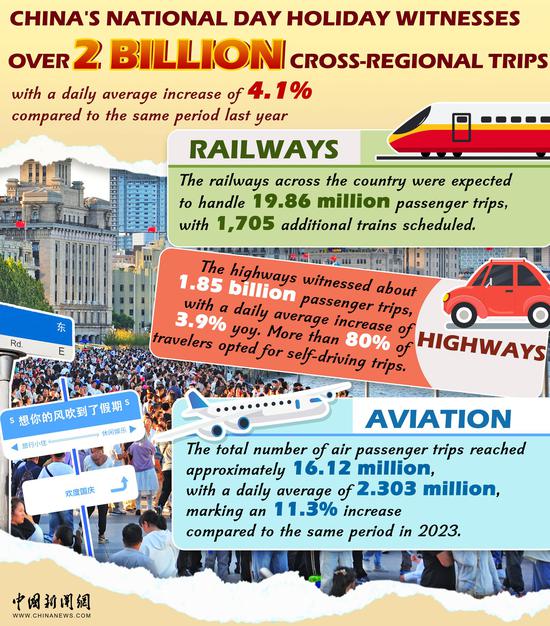





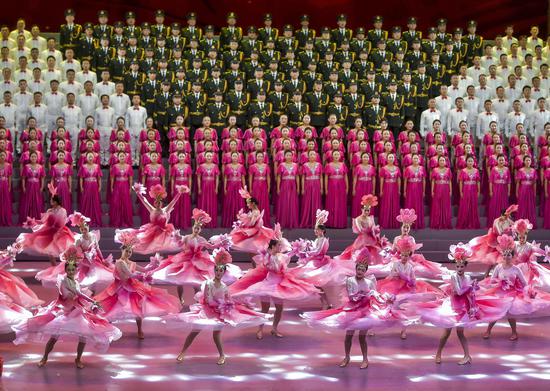


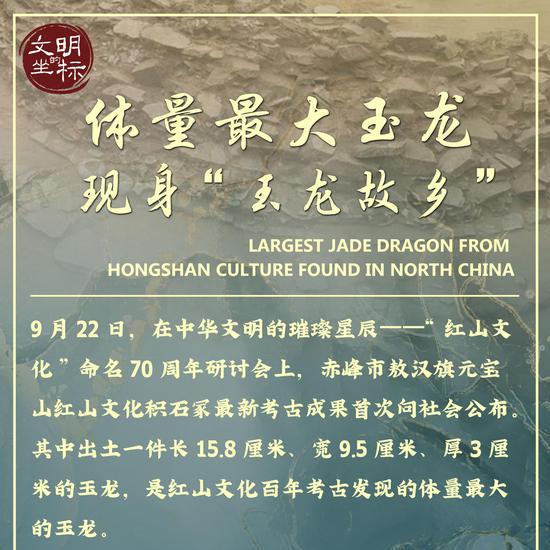

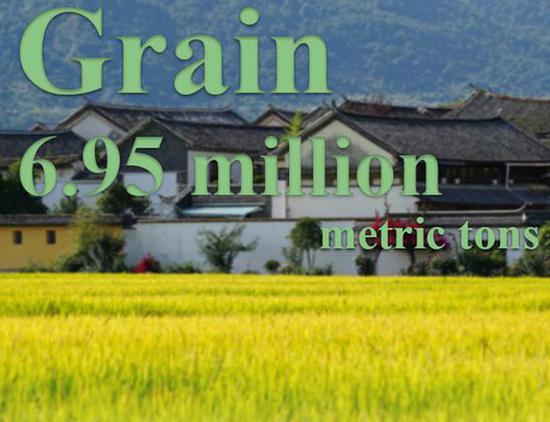






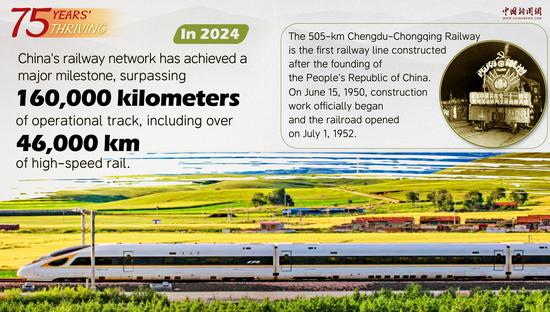
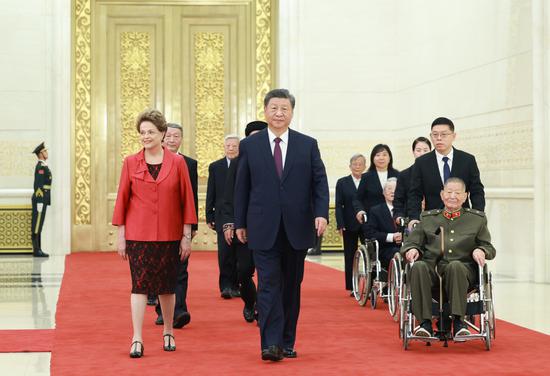





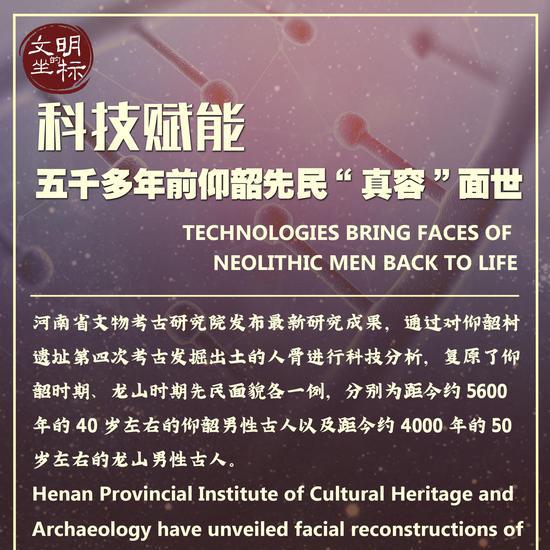
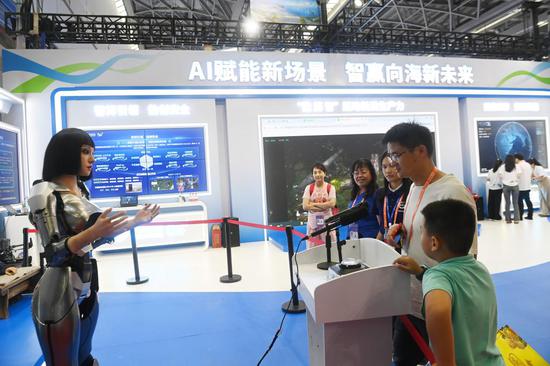







 京公网安备 11010202009201号
京公网安备 11010202009201号